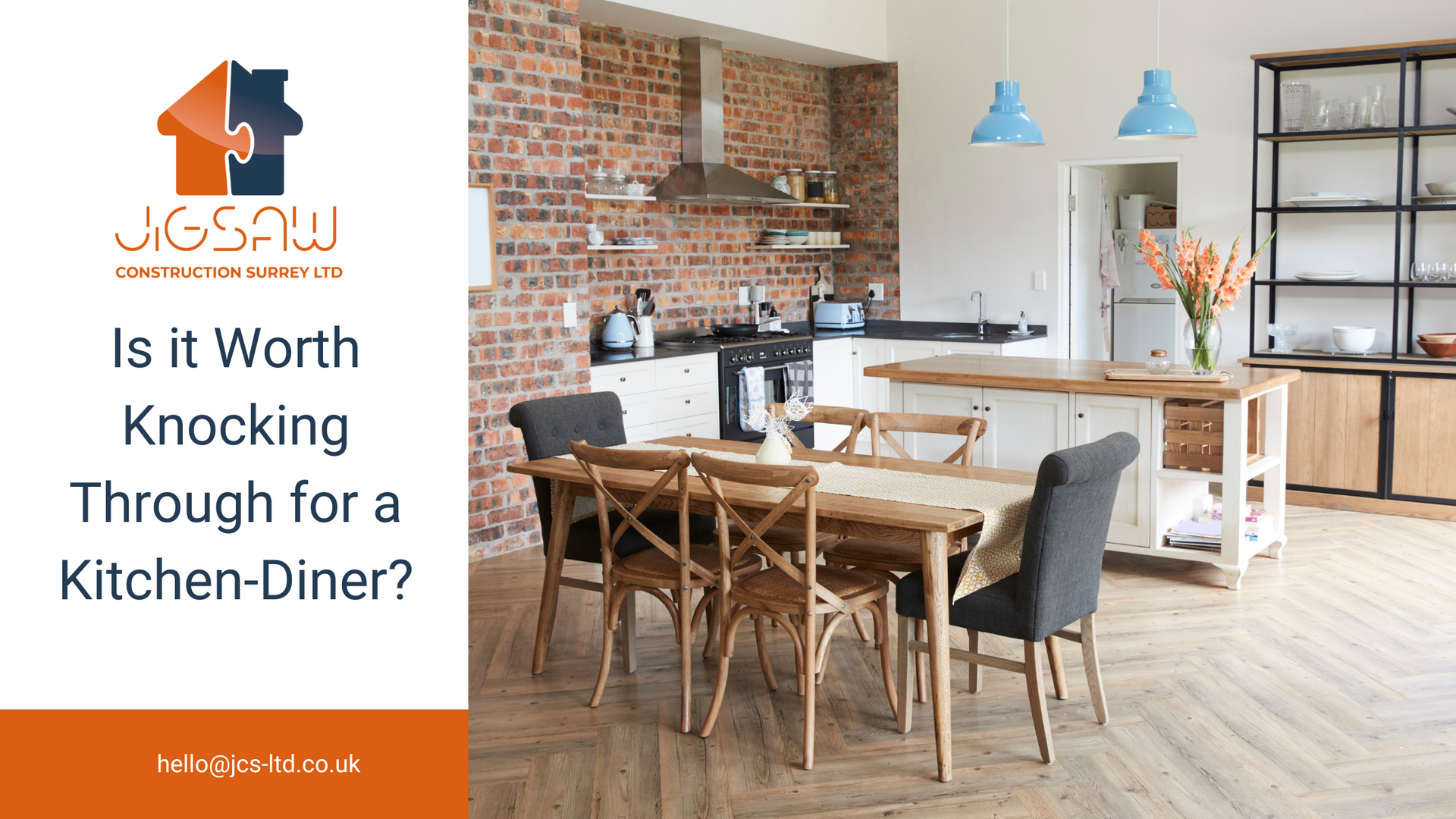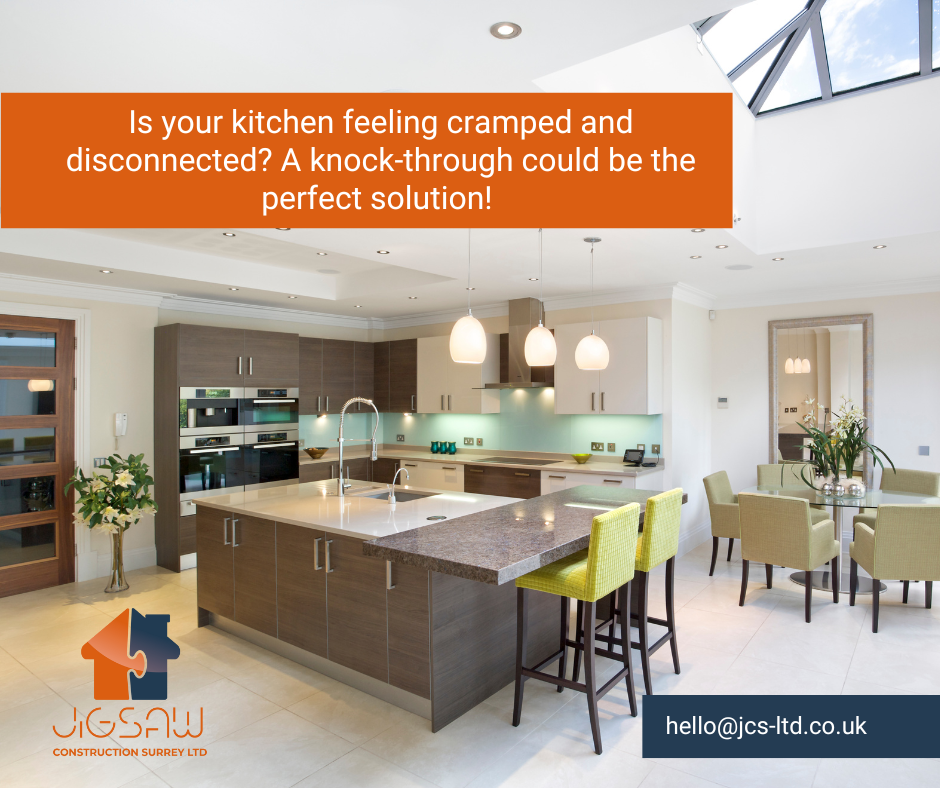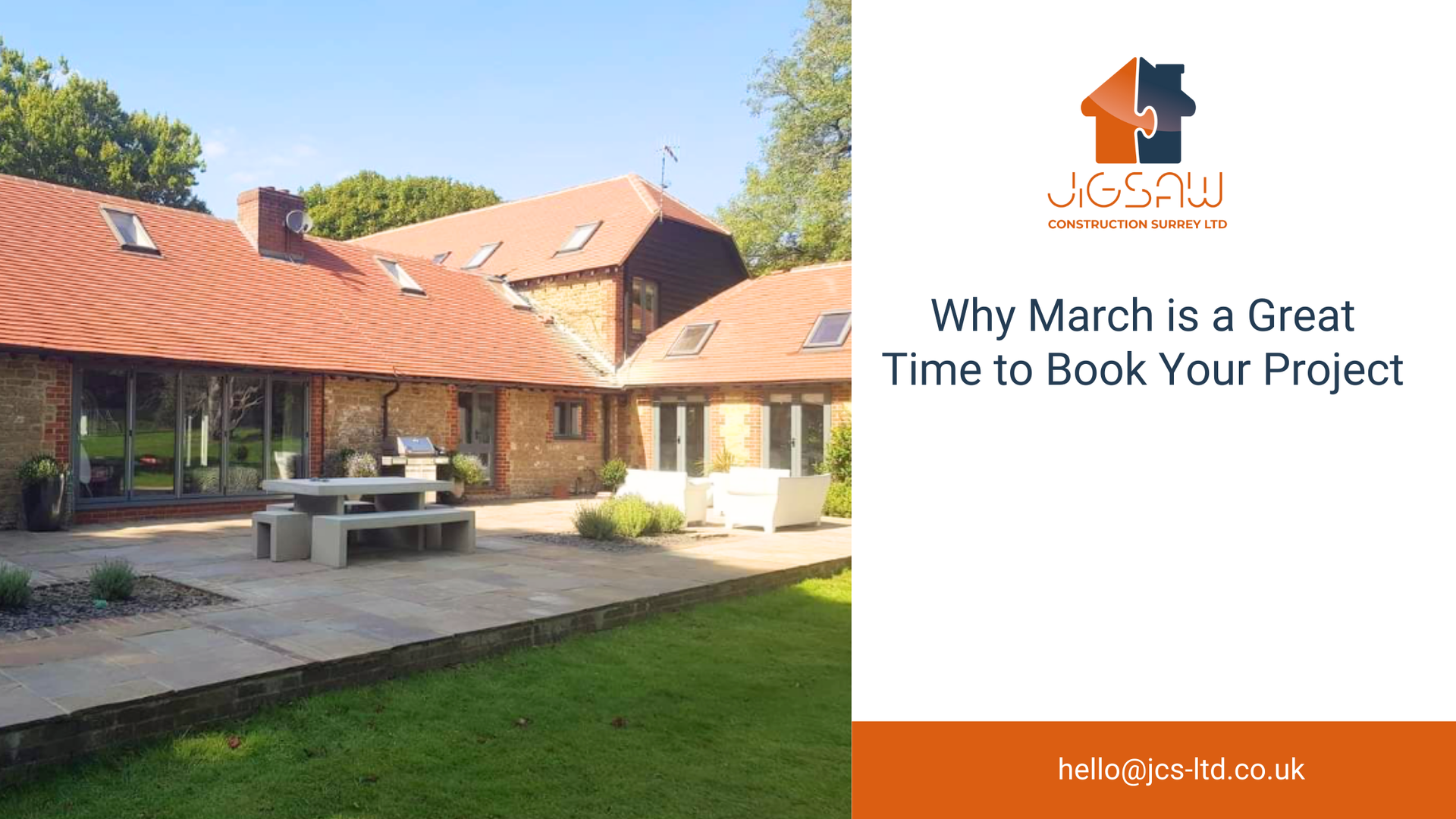Extend, without breaking the bank
When it comes to finding more space to live, you could move, but taking into account the costs of moving (stamp duty, conveyancing, moving companies) let alone the stress of the process and the need for greater affordability to get more space, moving isn’t always an option.
But adding space to your current home could be a more affordable option than you may think. On average, a single storey extension, on a budget, can be built for between £30,000 - £50,000, but this can exclude fitting costs. Let’s explore some of the options and considerations...
Consider your space
When it comes to planning an extension, our advice is to always get an expert in before you start spending money. You may have come up with an option, but it doesn’t necessarily mean it will be the best option, in terms of build program, cost and usable space.
Rear extensions
One of the most popular extension choices is to add a simple square/rectangular extension to the rear of the home, usually from a kitchen, to create a great social space. This type of extension will always add value to your home, but it will also create a functional and enjoyable space. One of the many reasons it proves so popular is that an extension of this type will usually not require planning permission due to the nature of build, but again, it is always worth consulting with an expert before you begin to ensure you don’t fall foul of any planning restrictions.
To create a quality space, with features such as Velux windows and bi-folding doors, plus quality design features externally (such as slate or cladding), this type of extension would come in under a budget of £50,000, without compromising on the quality of products used.
Merging old with new
One of the challenges of an extension can sometimes be how to stylishly combine the two spaces so that the extension feels like part of the room, rather than an add-on. If the property is slightly older in style, this problem can be exaggerated. One flawless way of achieving this would be to intentionally introduce new style and design. A glazed feature (such as a glass atrium or ceiling) in between the old and the new space could define the two, and by embracing ‘modern’ materials, such as steel and masonry, you could create something entirely new, and within budget.
An alternative approach would be to add a glass box as your extension. Again, if your property is older or more characterful, adding a complete contrast with a glass box can be a real stylish statement. An extension like this instantly injects natural light to a property for an added bonus.
A step to the side
Like rear single-storey extensions, side extensions prove popular thanks to the fact that, in most cases, they do not require planning permission.
They can be an extremely cost-effective way of adding space and, as they don’t necessarily back on to the garden, the rooms can be more flexible in use, such as a ground floor bathroom, study, or guest suite. Whilst rear extensions are great for bringing the outdoors in, if that doesn’t suit your requirements, a side extension might be preferable.
Conservative use of space
Conservatories have really advanced in terms of style and quality, and what might have been an excellent addition to your home in the 80’s or 90’s, might now be making your home less energy efficient and not offering the optimised space that you need. By removing a conservatory and using the space for a single-storey extension, you would not only make your home more energy efficient, but you’d instantly add value and create more usable space year-round.
For further details on the types of extension that do not require planning permission, check out our recent blog: https://localbis.wixsite.com/jigsaw/post/making-changes-without-planning-permission
As ever, if you’re planning on starting an extension, or are considering the options available to you, we’d be happy to share our advice. Please always consult a professional before making changes to your home.




